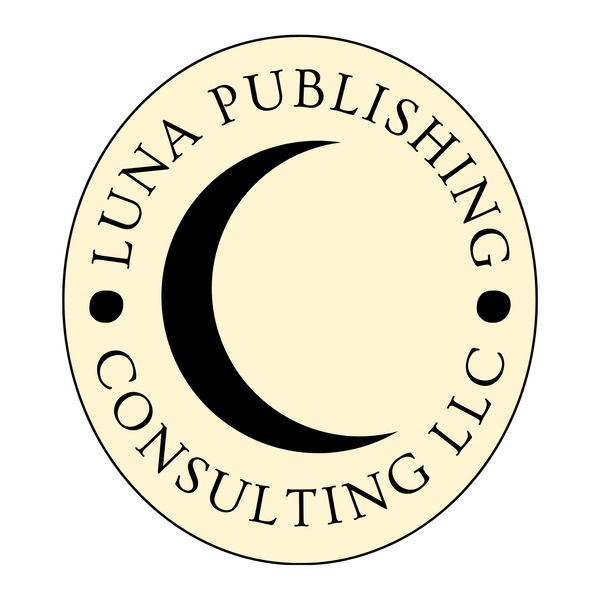
The Art of Querying: How to Catch a Literary Agent’s Eye
Share
Breaking into the world of traditional publishing can feel like a daunting task, especially for first-time authors. A key step in this process is querying, the method by which you introduce your manuscript to literary agents or publishers. The goal is to pique their interest enough for them to request a full or partial manuscript. But what does the querying process really involve? Let's dive into the essential steps, key tips, and resources you need to successfully query literary agents and navigate the traditional publishing path.
Understanding the Querying Process
At its core, querying is about making a case for why your book deserves to be published. It involves pitching your manuscript to literary agents who will then work to secure a publishing deal for you with a traditional publisher. Querying agents is typically a formal process, requiring a well-crafted query letter, a polished manuscript, and sometimes additional materials like a synopsis or proposal.
The traditional publishing route is competitive, and agents often receive hundreds of queries a month. That said, there are several best practices that can help your query stand out and increase your chances of landing representation.
1. Research the Right Agents
Before you send out your query letter, it's crucial to identify the right literary agents for your genre and target audience. Literary agents often specialize in specific genres such as literary fiction, romance, thrillers, or non-fiction. Finding an agent who has a track record of representing books similar to yours will not only improve your chances of success but also ensure you're working with someone who truly understands your work.
Resources to find agents:
- Agent Query: One of the largest databases of literary agents, where you can search for agents by genre.
- QueryTracker: A site where you can research agents and keep track of your query submissions.
- Publishers Marketplace: A paid resource to find out what deals agents are making and which publishers they work with.
2. Crafting a Strong Query Letter
Your query letter is often your first (and sometimes only) chance to make an impression on an agent. A strong query letter will usually contain the following:
- The Hook: A sentence or two that gives a compelling snapshot of your book and its premise.
- Synopsis: A concise description of the plot and major themes of the book.
- Bio: A short author biography that highlights your qualifications, writing experience, or any publications you've had.
Agents want to know what your book is about, why it matters, and who you are as a writer. It’s essential to be both clear and engaging while avoiding unnecessary detail. Stick to one page, focus on the main story arc, and give the agent a reason to request more.
Example structure of a query letter:
- Opening Hook: “In a world where memories are traded like currency, an outcast teenage girl discovers her ability to alter memories and uncovers a conspiracy that could destroy the entire system.”
- Plot Synopsis: Briefly outline the main conflict, stakes, and resolution of your story.
- Author Bio: Share your writing background, any relevant experience, or why you're the right person to write this story.
3. Perfecting Your Manuscript
Your manuscript should be in its final, polished form before you start querying agents. Make sure you’ve completed several rounds of revisions, received feedback from beta readers, and considered professional editing services if necessary.
Many authors make the mistake of querying agents too early, before their manuscript is fully polished. This can lead to rejections that could have been avoided with a bit more preparation.
4. Customizing Your Query
Each agent will have slightly different submission guidelines. Some will ask for the first five pages of your manuscript, others for the first 50, and some may want a full manuscript upfront. Always read the submission guidelines carefully for each agent you query. Customizing your query letter to match the specific agent’s preferences and submission guidelines shows professionalism and attention to detail.
Additionally, personalizing your letter—mentioning an agent's prior clients or books they've represented that are similar to yours—can help you stand out. It shows you've done your research and that you're genuinely interested in working with that particular agent.
5. Handling Rejections and Moving Forward
Rejections are part of the querying process, and every writer experiences them. Some agents may send form letters, while others may offer constructive feedback. The key is to not take it personally and continue improving your manuscript and querying other agents.
Many successful authors received multiple rejections before finding the right agent. The best way to handle rejection is by staying persistent and continuing to improve your work. Be patient, and don’t be afraid to revise your query letter or manuscript based on feedback before submitting again.
Final Thoughts on Querying Literary Agents
The process of querying literary agents can be time-consuming and, at times, frustrating. However, with thorough research, a strong query letter, and a polished manuscript, you'll increase your chances of landing an agent. Traditional publishing may take longer than self-publishing, but it comes with its own set of rewards, including wider distribution and access to editorial support.
For writers considering this path, persistence is key. Don’t give up after a few rejections—every “no” gets you closer to that “yes” that could launch your writing career.
Resources:
- Agent Query
- QueryTracker
- Publishers Marketplace
- Jane Friedman's Querying Guide
